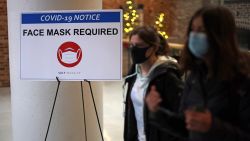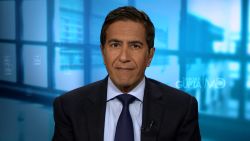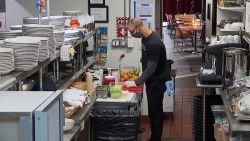As Washington tries to figure out ways to mitigate the threats the coronavirus poses to the US economy, President Donald Trump has said he might back a payroll tax cut for workers.
What is the payroll tax?
The payroll tax supports the country’s two biggest safety nets: Social Security and Medicare.
Workers will pay 6.2% on the first $137,700 of their wage and salary income into Social Security this year. And they will pay 1.45% of all their earned income for Medicare. Their employers will match those amounts. If they’re self employed, they pay both the worker and employer shares, but get to deduct the latter.
How would a payroll tax cut work?
No one has proposed any specifics yet. But typically a payroll tax cut applies to the 6.2% tax that goes into Social Security.
And if lawmakers do approve one, it most likely would be in effect for a limited period of time.
Have we ever had a payroll tax cut before?
Yes. In the past decade or so, there have been a few. The first came in the economic recovery package to combat the financial crisis in 2009.
The so-called Making Work Pay tax credit was worth up to $400 a year for single filers and up to $800 a year for workers who were married filing jointly.
Who has been eligible for the payroll tax cut in the past?
The full Making Work Pay tax credit was only available to people who had modified adjusted gross incomes of up to $75,000 ($150,000 per couple). A partial credit went to those making above those amounts, but no more than $95,000 ($190,000 per couple).
The credit was also refundable, which meant that even very low-income families who didn’t make enough to owe income taxwere able to claim it.
When the Making Work Pay credit expired, lawmakers passed a temporary 2 percentage point cut in the Social Security payroll tax, bringing it down to 4.2% for everyone who worked and paid into the Social Security system.
What’s the purpose of a payroll tax cut?
The idea behind a temporary cut – or payroll tax holiday – is to put extra cash into people’s pockets so that they’ll spend more, which can boost the economy. How effective it will be in the face ofthe coronavirus, which may cause more people to stay home, isn’t clear.

























